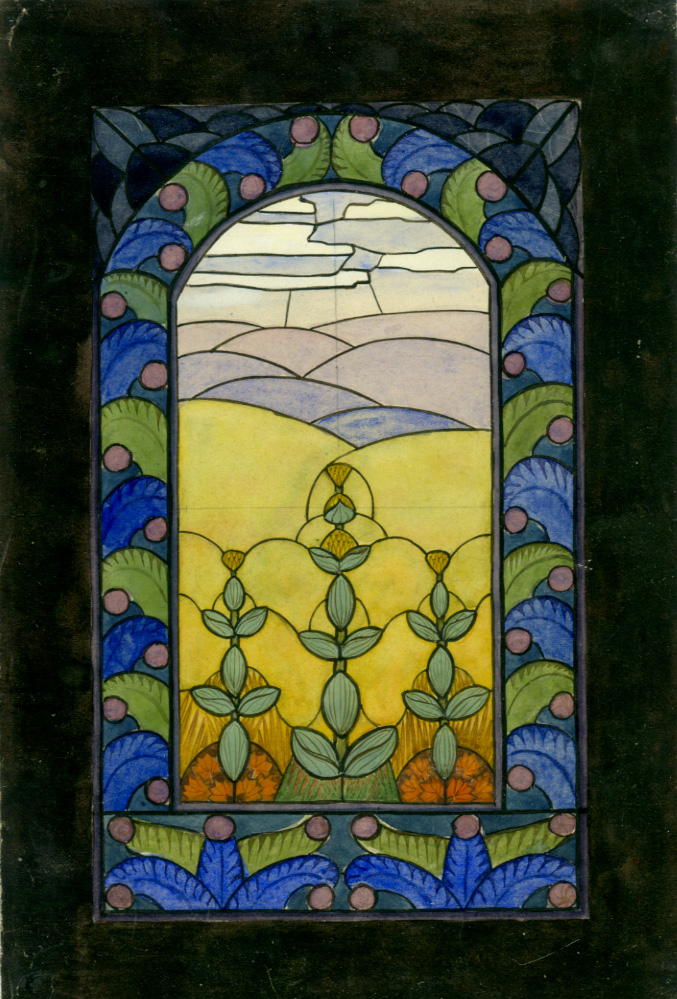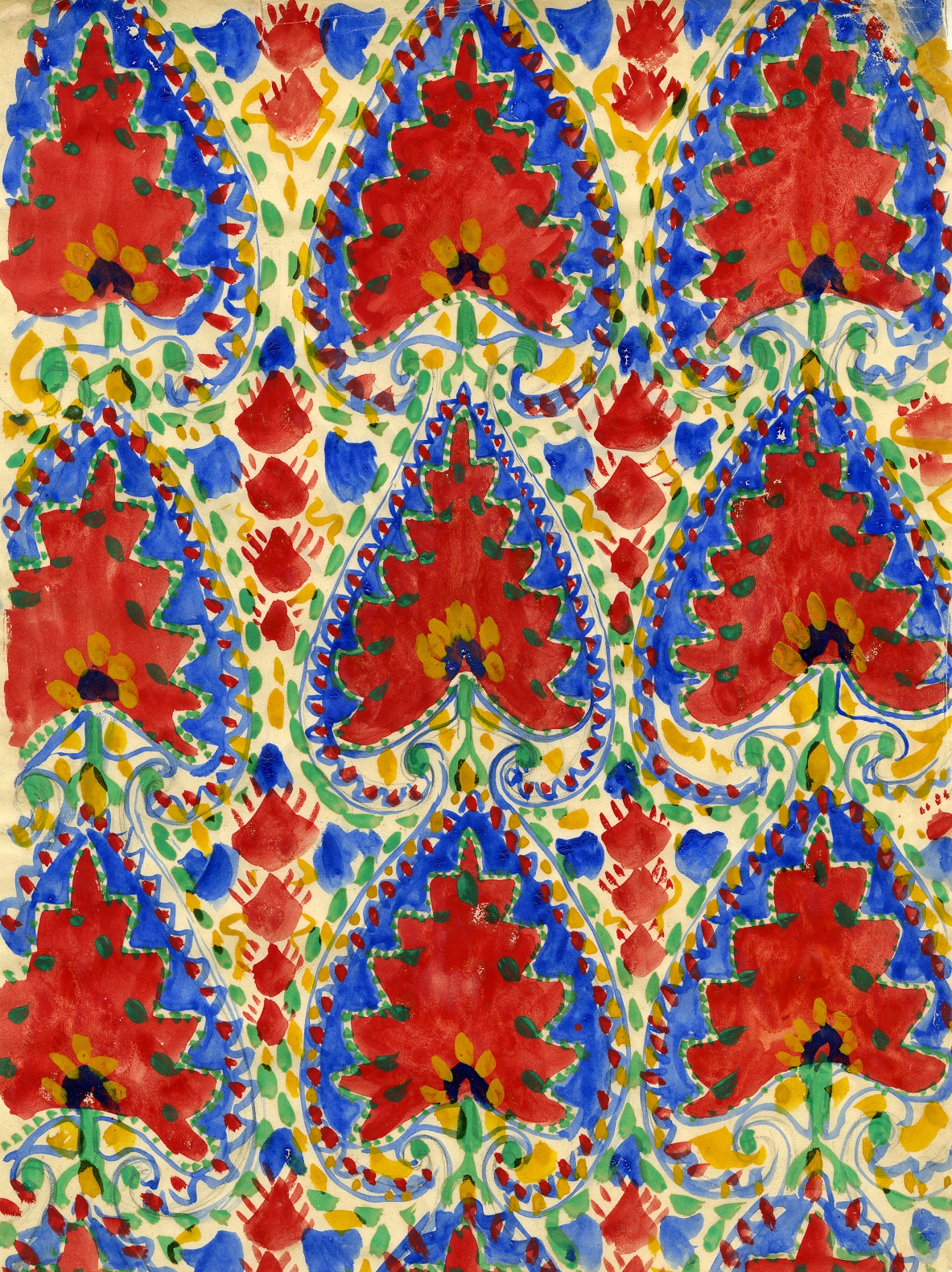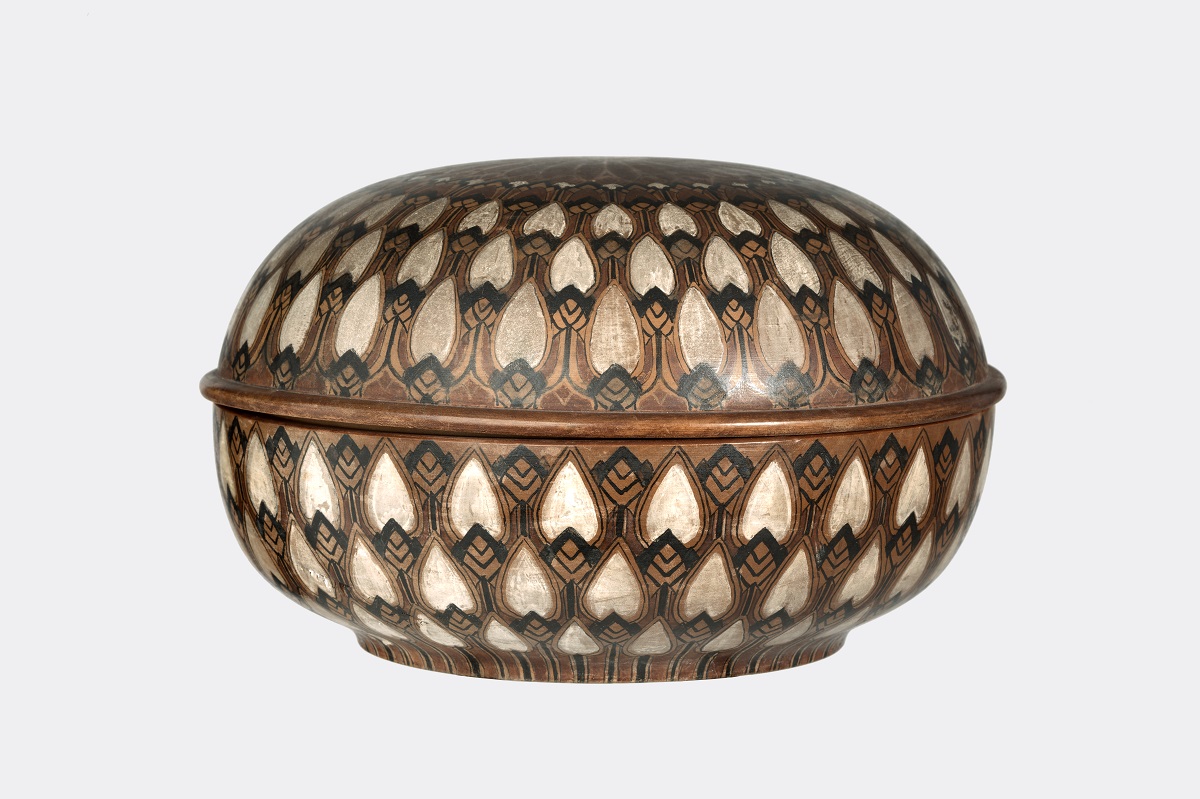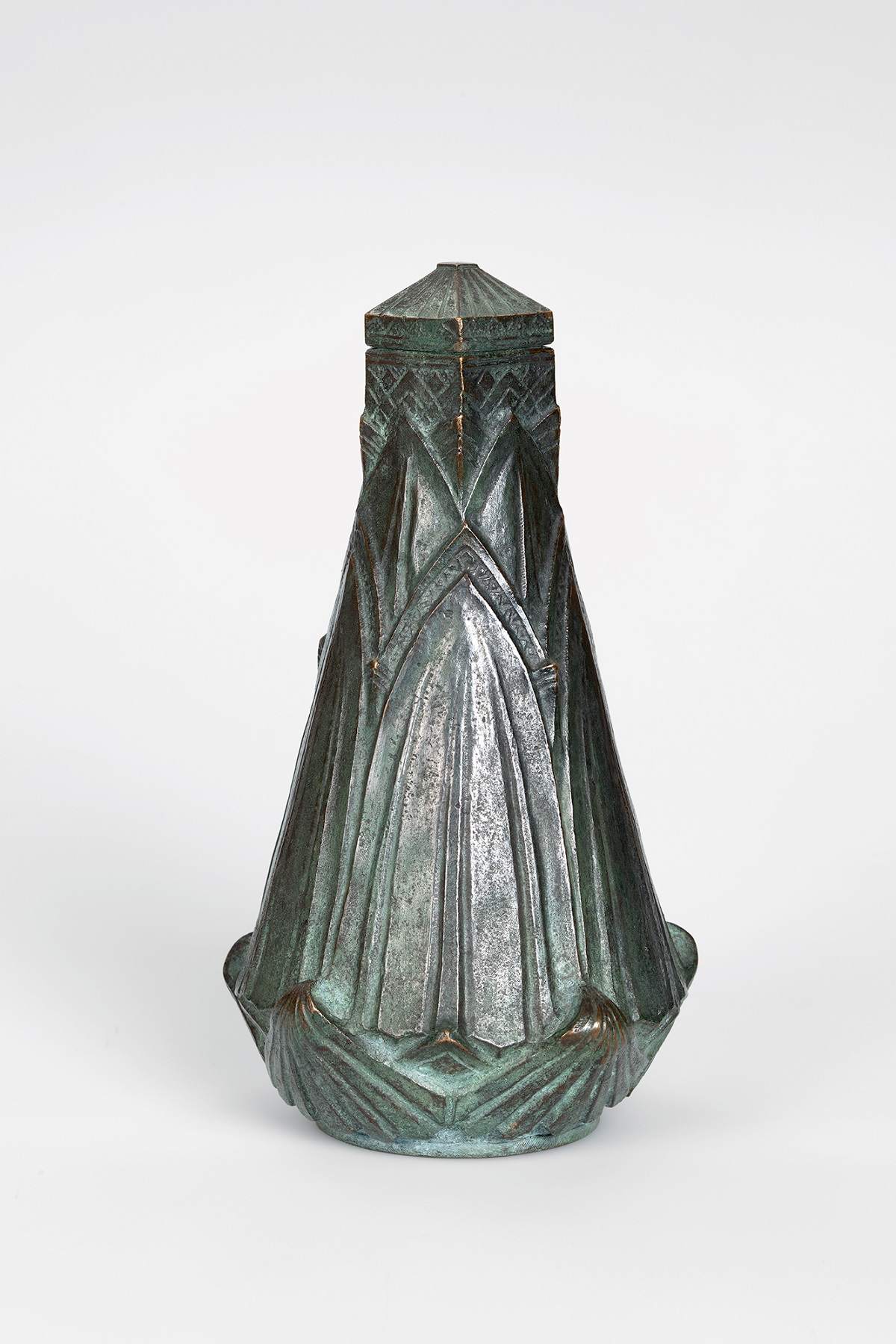The Art Nouveau And "Sapin" Style Collections
The Art nouveau and "Sapin" style collections
“Sapin” style, La Chaux-de-Fonds’s home-grown variant on art nouveau, took root at the town’s art school early in the twentieth century thanks to the teacher Charles L’Eplattenier. He and his students set out to create a new ornamental style inspired by the local flora and fauna, which became key elements in the new decorative approach. The French or Belgian “whip line” aesthetic went hand-in-hand with German-style geometric patterning. The experiments, based on stylised nature studies, opened up a new horizon for the students, including architects, painters, sculptors, ceramicists, mosaicists, and decorators, who went on to become leading lights on the regional art scene. They worked together on decorative projects in which stylised nature is a constant presence, seeking to create a total work of art.
The collection includes works and designs belonging to the Musée des beaux-arts and objects and documents on loan from the School of Applied Arts, International Museum of Horology, Natural History Museum, and History Museum.

André Jean Evard, «Study of a stained glass window», 1905
Gouache and watercolor on paper, 27 x 18 cm

Charles L'Eplattenier, «Summer (Young Girl in the Bath)», 1911
Oil on canvas, 234 x 135 cm

André Jean Evard, «Decorative study (mural)», 1908
Watercolor and gouache on paper, 32.5 x 50 cm

Charles-Édouard Jeanneret, known as Le Corbusier, «Pocket watch», 1906,
Facsimile, silver, gilding, silver-plated metal, enamel, semi-precious stones (deposit of the Musée international d'horlogerie)

Marie-Louise Goering, «Untitled», undated,
Gouache on paper, 31.6 × 23.2 cm

Charles-Édouard Gogler, «Meuble d’appoint», 1908,
Walnut, ivory inlays, bronze fittings (deposit of the Museum of Natural History)

Jeanne Perrochet, «Bonbonnière», undated,
Painted wood, 10 x 17 cm

Charles Reussner, Flacon à parfum, 1908, bronze (dépôt de l'École d'art appliqués)